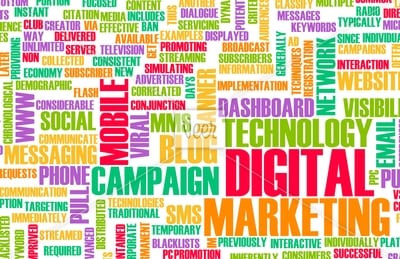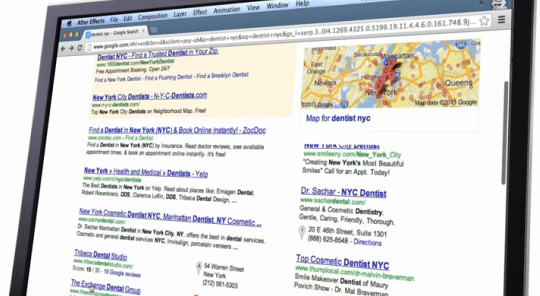Six Ways Going “Green” Can Boost Your Bottom Line

We’ve heard it over and over again: it’s important for the environment to work “green” or eco-friendly initiatives into our lives whenever we can. For individuals, the path to a greener lifestyle is simpler, but for businesses, an eco-conscious approach may seem difficult to integrate at first. We think there are plenty of green initiatives your small business can adopt – and they’ll also be great for your bottom, and sometimes top, lines.
1. Grow your business by marketing your eco-friendly products, services and expertise
In every industry, there’s a largely untapped segment of buyers that values and is willing to pay for green products, services and expertise. Metro Sign & Awning (a Sales Renewal JointSourcing client), for example, wanted to cultivate new Partners who’d recommend their signage products and services in the Partners’ new construction projects. With our help, Metro created a series of white papers that helped Architects and Property Developers become more knowledgeable about green signage. The idea was that by making these prospective partners more knowledgeable about something Metro was expert at (eco-friendly signage), the partners would come off as more knowledgeable in front of their customers. This brought more business back to Metro as well, creating a clever – and successful – marketing campaign that not only built their own business, but also enhanced their partnerships while doing double duty for sustainability.
2. Share the knowledge.
Do your products and services have a long-term environmental impact? Let your customers know how working with you can impact THEIR green initiatives and bottom line! Outline both the financial and ecological ROI on a sustainable product. Generate content that discusses how your eco-friendly products can reduce your customers’ carbon footprint or eliminate their waste over time. By leveraging your own environmental consciousness into a marketing campaign, you’ll encourage your customers to invest in your products and services, while also doing double duty for sustainability! You can also grow your partners’ businesses by sharing your own green expertise, helping your partners win more customers through the wisdom you’ve passed to them.
3. Think outside the (recycling) box.
Green initiatives at your company aren’t limited to benefitting ONLY your company. Get creative with your business’ approach to environmental friendly decision making. Understand your carbon footprint and consider participating in carbon offset programs to supplement and enhance any company policies you have already implemented. Use your business voice to align with policy initiatives that align with your company’s values. Customers in the modern era are heavily attracted to purpose-driven businesses that publicly share – and take action on – their values. You’ll not only be doing the earth a favor, but you’ll be gaining favor with and growing your customer base!
4. Assess your energy needs.
Are you leaving equipment or lighting on overnight? Are you heating a conference room you only use once per week? Minimizing wasted energy sources will not only help the environment, but will also put a nice dent into your energy bills. Switch to LED lighting in place of incandescent bulbs, and put your lights on motion sensors to ensure lights are turned off when not in use. Set computers and other office equipment to hibernate or switch into sleep mode during periods of inactivity. Consider switching to laptops, which are more energy-efficient than desktops, whenever possible. You may also be eligible for rebates on your energy costs if you’re upgrading to eco-friendly equipment, so contact your energy supplier to see what incentives they may offer!
5. Assess your physical office needs.
Your business’ office footprint is your own piece of the environment, and needs as much care and consideration as the great outdoors. Find an office that is the right size for your needs to prevent wasted energy from heating and lighting spaces that are unused. When upgrading equipment or furnishing your office or workspaces, shop secondhand when possible (something Covid has made a lot easier with all the office downsizing going on now). Look for energy efficient machinery, or for sustainably built furniture that will outlast other construction. Or, consider eliminating your rent bill completely by allowing your employees to work remotely! Remote offices reduce pollution from commuting to and from the office, and reduce your employees’ gas and wear & tear expenses, so it’s a win all around!
6. Assess your paper needs.
Printing and paper use is a prime target for small businesses to make an impact with a few simple changes. Printing on both sides of each sheet will cut both your paper waste and your paper cost in half instantly. Or, use the back side of printed papers as scratch paper for note taking instead of purchasing sticky notes or other notepads. Or, consider going paperless completely! With the proliferation of cloud computing, records storage and document sharing can be done without a single sheet of paper; marketing can be managed online through email campaigns, social media, and websites; even sales and accounting can be migrated to online payment programs and bookkeeping software. Never buy another ream, nor another clunky printer or copier, again!






